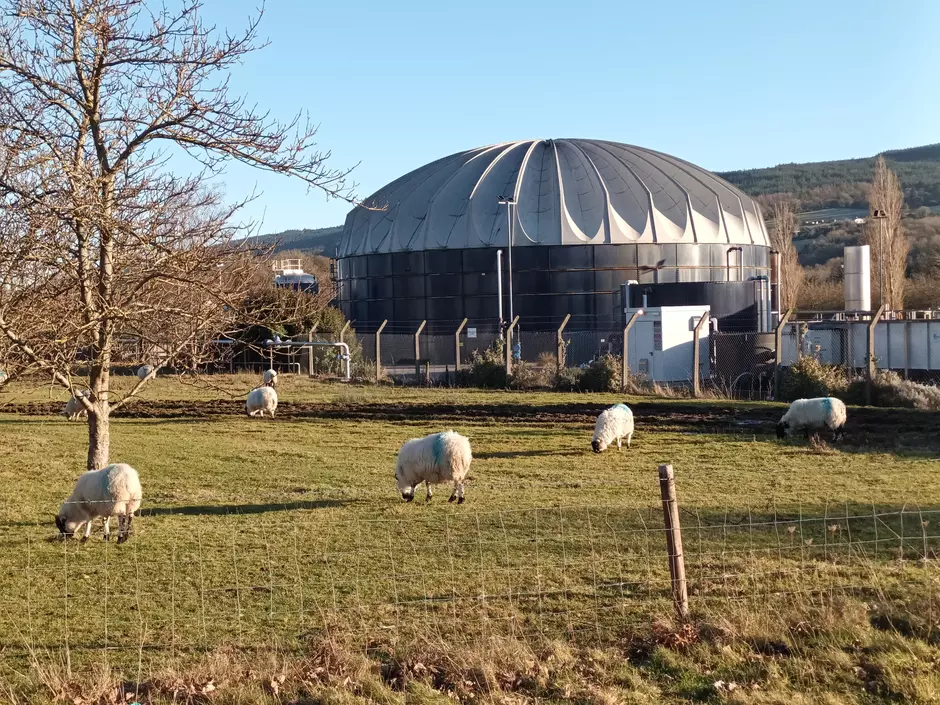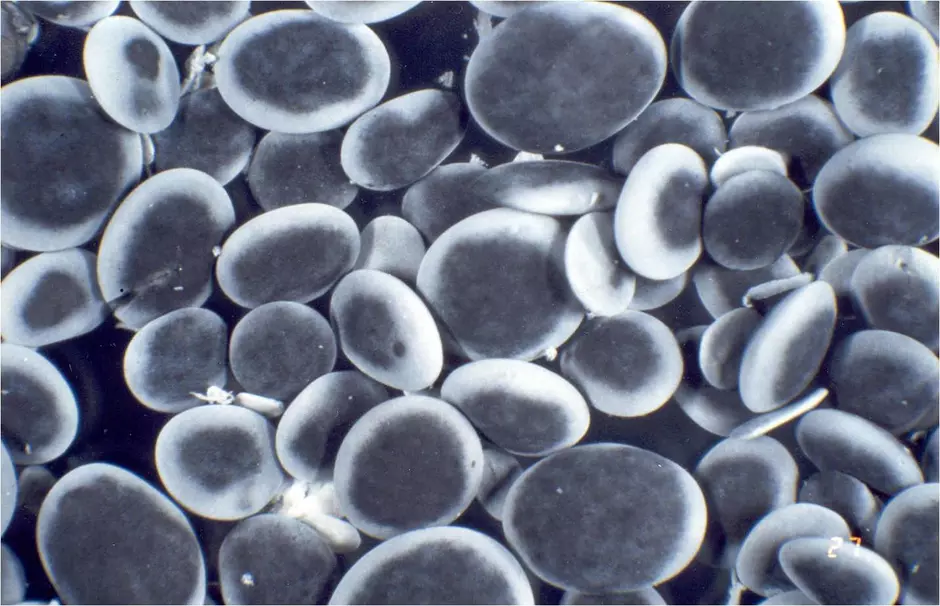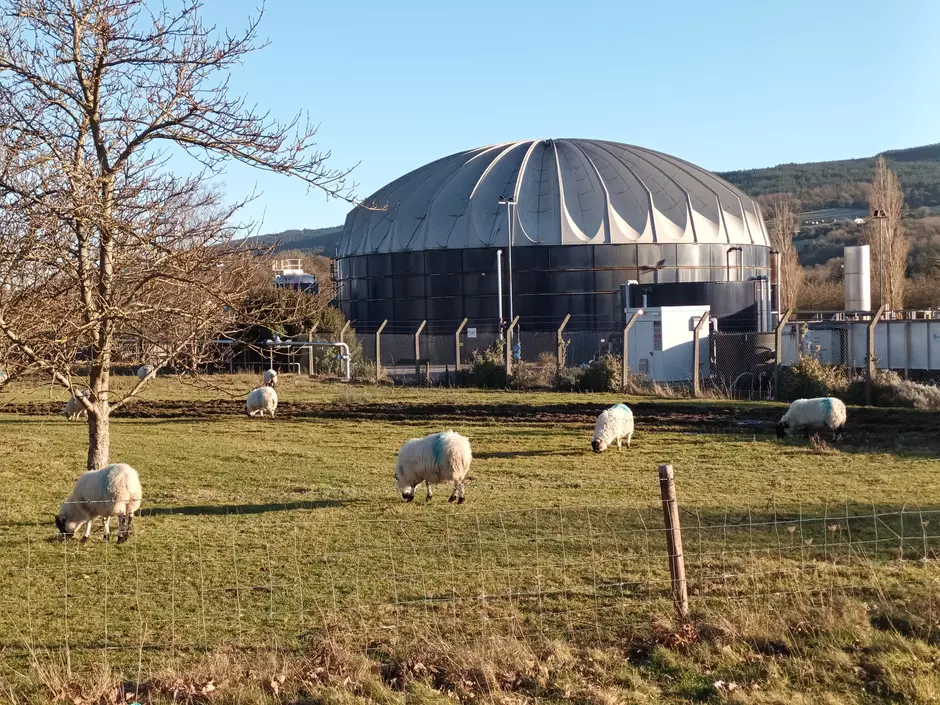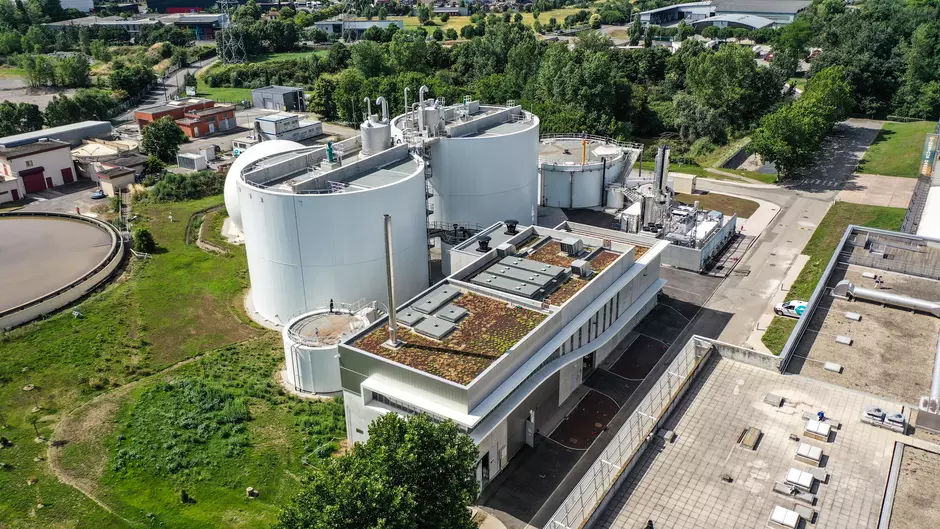Dosing micronutrients in anaerobic digestors yields several optimisation benefits. Enhanced biogas production, improved quality effluent, and even the opportunity to sell biomass are just some of the gains possible. Where feed water is missing only a few trace elements, micronutrient dosing can add a big piece of the puzzle and allow operators to get the very best out of their wastewater treatment system.
Like any biological system, the bacteria within an anaerobic treatment plant need the right nutrients to thrive and grow. Elements like phosphorus and nitrogen are critical and a gross shortage of these soon becomes evident. However, there are many other elements that are just as critical to the long-term health of the biomass and consequently the optimal performance of the anaerobic water treatment system.
In the food and beverage sector – and many others besides – environmental stressors can include materials like cleaning products and lubricants. Indeed, some of the chemicals that are used for cleaning in place (CIP) and enter the wastewater streams are deliberately designed to be hostile to microorganisms. Particularly challenging effluents can impact bacterial health and might result in a process that is not actually fit enough to achieve effective treatment. In breweries, for example, chemicals are used to apply labels on the bottles and subsequently remove the glue from the labels of returns. Sometimes new chemical products are used which can have unintended and deleterious effects on the biomass within the AD. Where the key trace elements are depleted, the bacteria become more fragile and less resilient in the face of these kinds of environmental stressors.

While this is a significant issue, fundamentally, the lack of the right nutrients can mean the anaerobic reactors do not reach their full potential. This sub-optimal performance results in a number of costly impacts. For example, where the bacteria are in prime condition, biogas production is maximised. With today’s gas prices, there are clear economic implications when a potentially valuable resource is not recovered. But lower performance in the AD also means that downstream water treatment processes are required to do more.
Typically, effluent from an AD process is polished in an aerobic water treatment step. This requires air blowers to be powered and again, this is a costly energy resource that is effectively wasted. Even small improvements in efficiency during the AD process can result in significant savings in subsequent processes. For example, a 5% reduction in COD loading from the anaerobic process might be the equivalent of a 20% reduction in aerobic treatment expenses. A 20% reduction in effluent load adds up quickly, especially on a yearly basis.
In addition, COD removed aerobically downstream will produce sludge that has to be removed from site at a significant cost. Again, even small efficiency improvements within the AD stage can result in better effluent quality and lower solids which translate into substantial savings on sludge disposal over the course of a year.
Alongside increased costs, poor nutrient balance can also affect the quality of the biomass within the AD. Without the proposer taking care of the biomass you may have to reseed the digestor with new fresh biomass at high costs, especially at the current high transport rates. These retained products, which resemble caviar, are a very valuable resource. Micronutrient dosing also enhances the granular formation, making the granules more robust and making them more likely to be retained in the reactor. There is a potential operational benefit as operators can not only save expenditure on new biomass but can even grow the material which can then be sold to other AD plants. This is an OPEX advantage that's not often encountered in water treatment plants but it is clear that optimised biomass can add potential revenue.

Given the lower loading rate and the improved stability associated with an optimised AD, the final effluent quality will be better and the variances will be smaller. This again improves the overall economics of the wastewater treatment plant as higher costs are imposed by municipal authorities for lower-quality effluents that are discharged from a plant. Even more importantly, without the correct nutrients, the quality of the biomass gradually declines until it reaches a tipping point where performance is dramatically reduced or the biomass is lost altogether. Without this in place, a plant is in danger of not being able to treat its wastewater at all and at least temporarily losing its licence to operate. A lack of nutrients can therefore harm both the plant and the environment and can ultimately become a critical path issue.
Check out Part II of this post below.
Author: Atlantean Media







